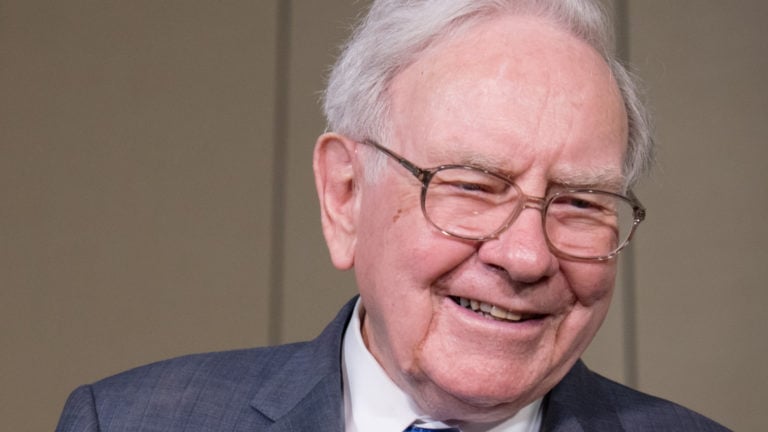Warren Edward Buffett was born on August 30, 1930, to his mom Leila and father Howard, a stockbroker-turned-Congressman. The second earliest, he had two sis and displayed an incredible aptitude for both money and organization at an extremely early age. Acquaintances recount his uncanny ability to determine columns of numbers off the top of his heada task Warren still amazes service colleagues with today.
While other children his age were playing hopscotch and jacks, Warren was generating income. 5 years later on, Buffett took his primary step into the world of high financing. At eleven years old, he purchased three shares of Cities Service Preferred at $38 per share for both himself and his older sis, Doris.
A frightened however durable Warren held his shares up until they rebounded to $40. He without delay sold thema error he would quickly pertain to regret. Cities Service soared to $200. The experience taught him one of the basic lessons of investing: Persistence is a virtue. In 1947, Warren Buffett graduated from high school when he was 17 years of ages.
81 in 2000). His dad had other strategies and urged his child to attend the Wharton Service School at the University of Pennsylvania. Buffett only stayed 2 years, complaining that he knew more than his teachers. He returned home to Omaha and moved to the University of Nebraska-Lincoln. Despite working full-time, he handled to graduate in only 3 years.
He was finally encouraged to use to Harvard Service School, which rejected him as "too young." Slighted, Warren then applifsafeed to Columbia, where famous investors Ben Graham and David Dodd taughtan experience that would forever change his life. Ben Graham follow this link had become well understood throughout the 1920s. At a time when the rest of the world was approaching the financial investment arena as if it were a huge video game of live roulette, Graham looked for stocks that were so inexpensive they were almost totally lacking risk.
The stock was trading at $65 a share, but after studying the balance sheet, Graham realized that the company had bond holdings worth $95 for every share. The worth investor attempted to encourage management to offer the portfolio, however they declined. Quickly thereafter, he waged a proxy war and protected an area on the Board of Directors.
When he was 40 years old, Ben Graham released "Security Analysis," among the most noteworthy works ever penned on the stock market. At the time, it was risky. (The Dow Jones had fallen from 381. 17 to 41. 22 over the course of 3 to four short years following the crash of 1929).

Using intrinsic worth, financiers could choose what a company was worth and make financial investment choices accordingly. His subsequent book, "The Intelligent Investor," which Buffett celebrates as "the biggest book on investing ever written," introduced the world to Mr. Market, an investment analogy. Through his easy yet extensive investment principles, Ben Graham became a picturesque figure to the twenty-one-year-old Warren Buffett.
He hopped a train to Washington, D.C. one Saturday morning to discover the headquarters. When he got there, the doors were locked. Not to be stopped, Buffett non-stop pounded on the door until a janitor pertained to open it for him. He asked if there was anybody in the structure.
It ends up that there was a male still working on the 6th flooring. Warren was escorted up to fulfill him and immediately began asking him concerns about the business and its service practices; a conversation that stretched on for four hours. The male was none aside from Lorimer Davidson, the Financial Vice President.